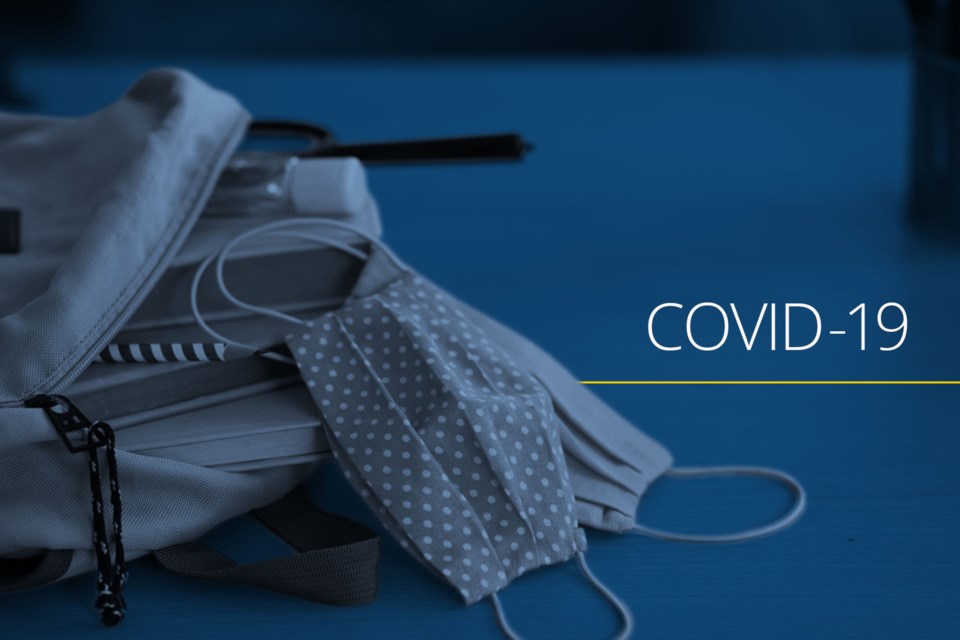High school students who identify as Indigenous are earning more credits with the new learning system being used by District School Board Ontario North East (DSB1), according to the board's data.
In September, the public board implemented a new learning model, called octomester, designed to limit the spread of COVID-19 and reduce student-to-student contacts.
Last year, students would take four courses a day each semester. With the new system, secondary school students, who opted for in-class learning, focus on one course for about 22 days. There are eight rotations in a school year.
“What we are noticing for all our students and particularly our students who identify as Indigenous, they’re earning credit more than they did last year. And that’s specific to students who come to school, our in-person learners,” said Lesleigh Dye, DSB1 director of education.
In 2019-2020, 68 per cent of students who identify as Indigenous earned all of their credits.
So far this year, 80 per cent of students who identify as Indigenous and who are learning in-person have achieved their credits.
“Those are significant rates for us. That’s because of the hard work of our students, our teachers, our Indigenous Student Advisors and our principals and vice-principals,” Dye said.
During the month of February, the board’s superintendent of learning and teaching Kristen Niemi will gather feedback from teachers, students, principals and vice-principals about the octomester model.
“We know from our data that our students are being far more successful in terms of attaining their credit, so we’re going to be looking at what is the best possible model as we move forward,” Dye said.
“The one-period day, there are some comments that it’s a long day for students and teachers. There are some boards that are using the two-period day, or known as the quadmester, so that might be something we explore. We also have to plan based on the direction of the ministry … and we’ll also follow the guidance of our two health units.”
Compared to in-person learning, the percentage of students who earned their credit via distance learning is lower.
In rotations one and two, 55 per cent of Indigenous students earned their credit with distance learning. After rotation three, the number sat at 47 per cent.
“We have a lot of work to do. Those rates are far lower, and we’re putting a number of supports in place for those students,” Dye said.
The supports include child and youth workers, Indigenous Student Advisors, staff individually reaching out to students and connecting or providing them with community resources.
“Being a student who is learning online all day is challenging for our students. And we’re thinking of different ways of making it interesting, exciting and supporting to the learner,” she said.
The board has also introduced a new Grade 11 English course, called Understanding Contemporary First Nations, Métis and Inuit Voices.
The average pass rate of all students who took the course during the first rotation is 91.5 per cent.
The second rotation had an average pass rate of 95.5 per cent, while in rotation three the rate was at 78 per cent.
“Our students are being incredibly successful at passing the course, and the feedback from our students is that they’re really enjoying the course,” Dye said.
The course will be offered next year as part of the board's commitment to honour Truth and Reconciliation Commission's calls to action, Dye said.
“We’re incredibly proud. That speaks of the hard work of the classroom teachers using resources that are provided to them and really tapping into the students’ strength and how they engage the students in the learning.”



